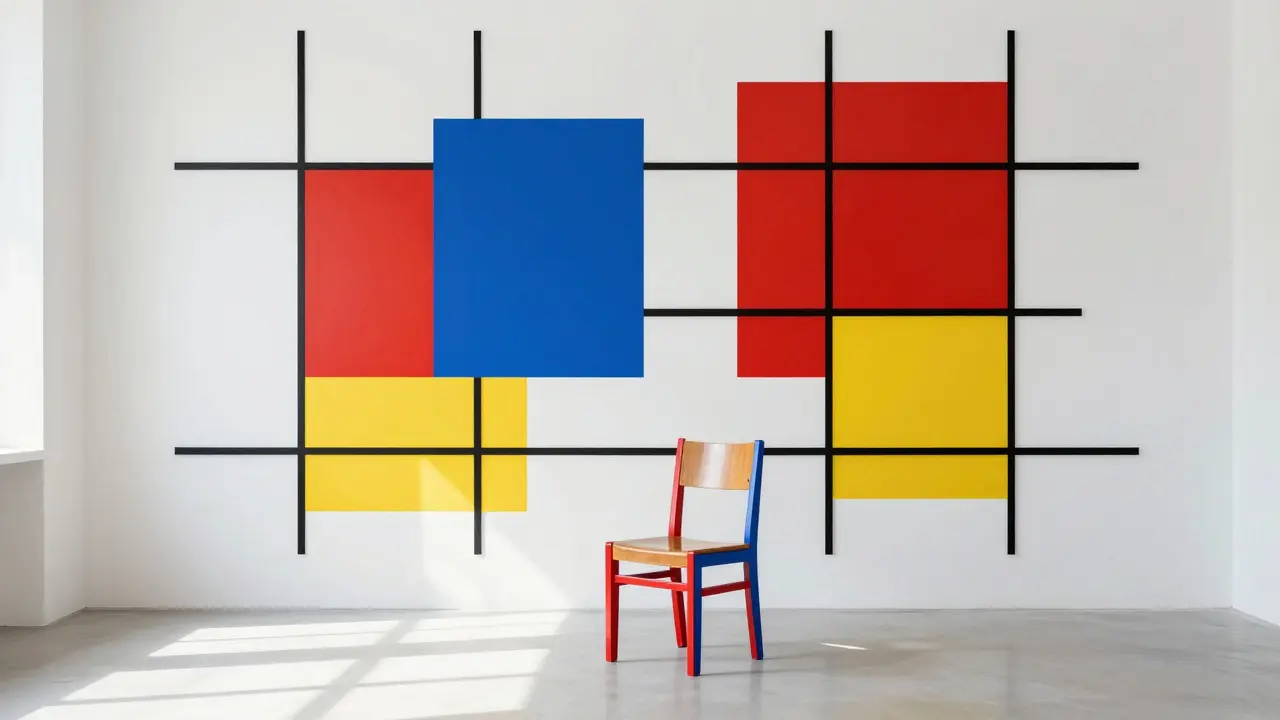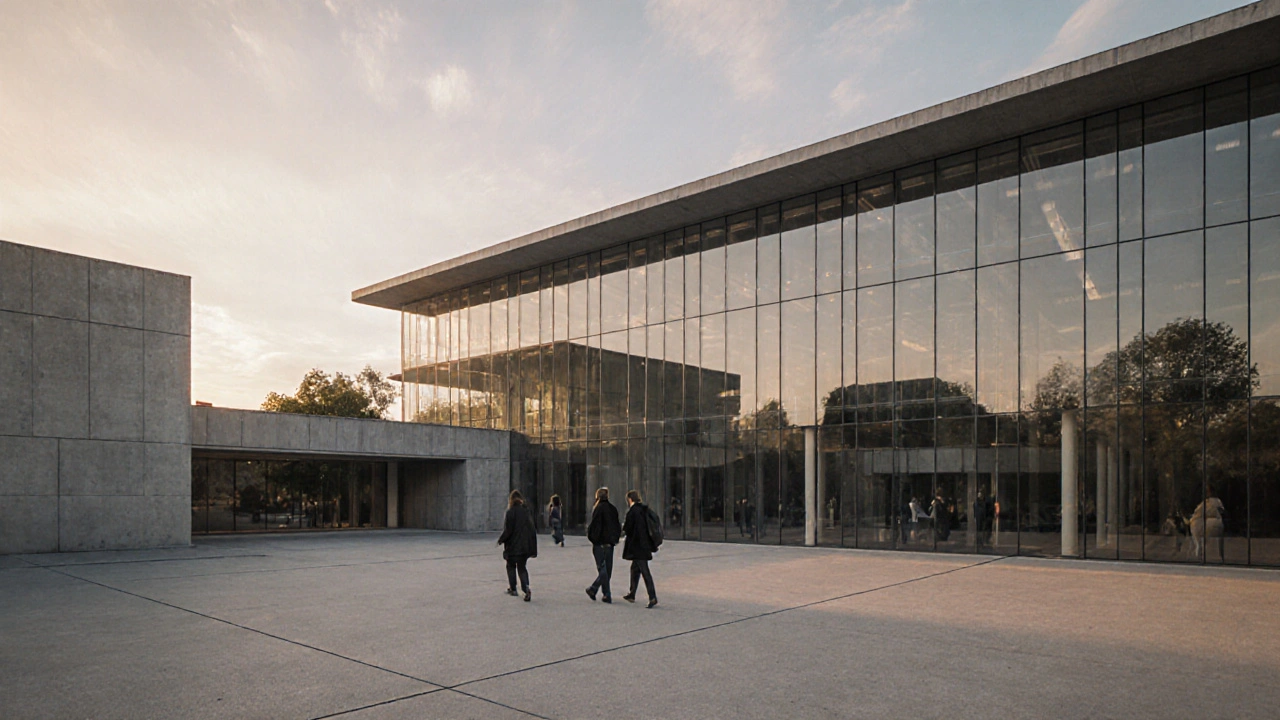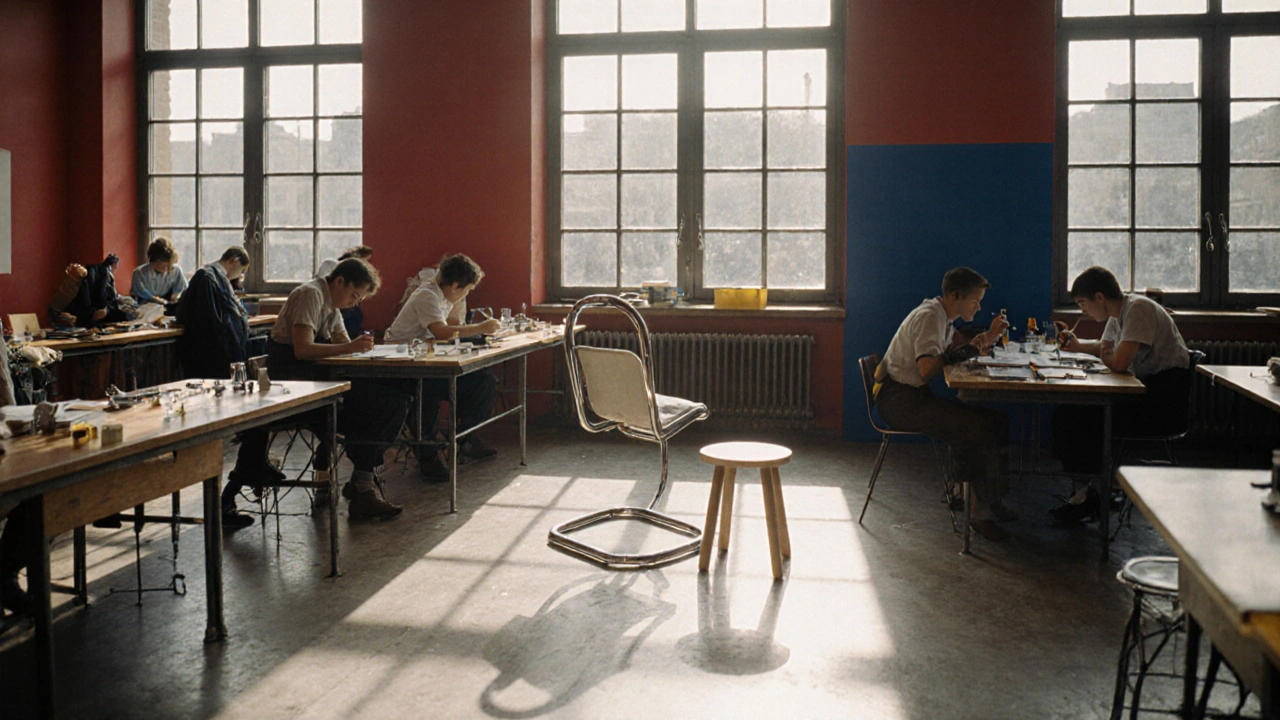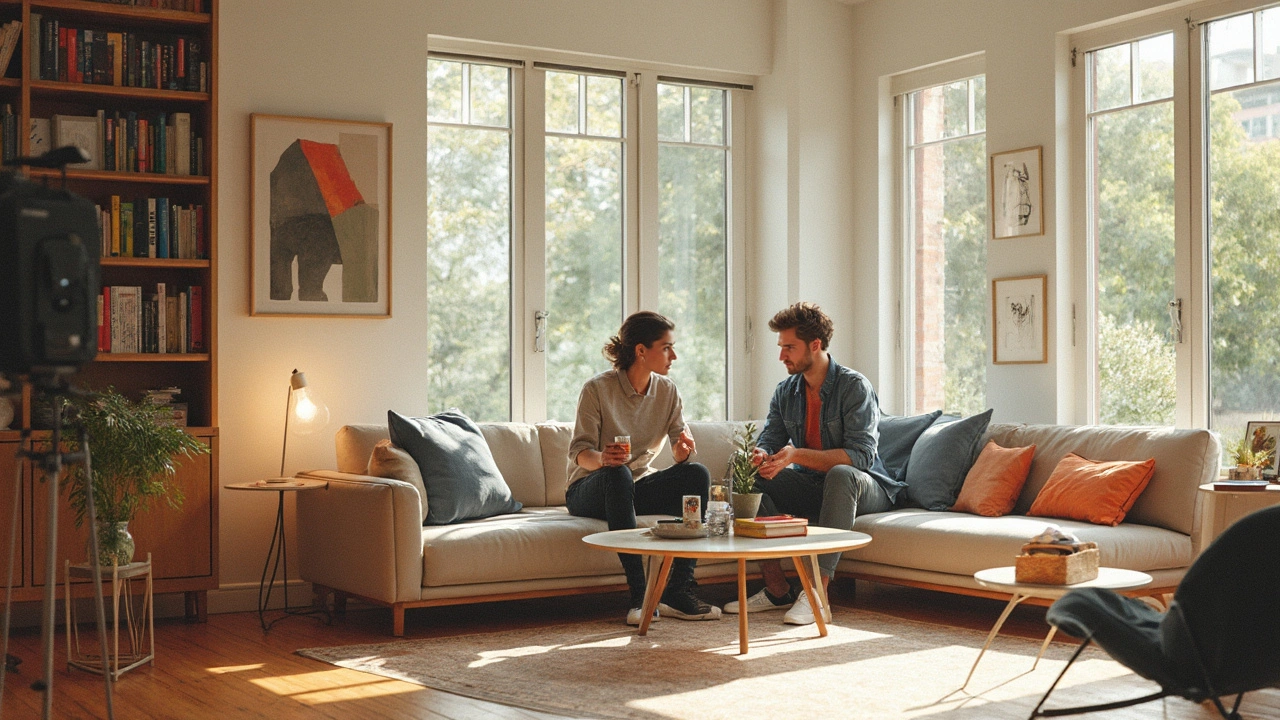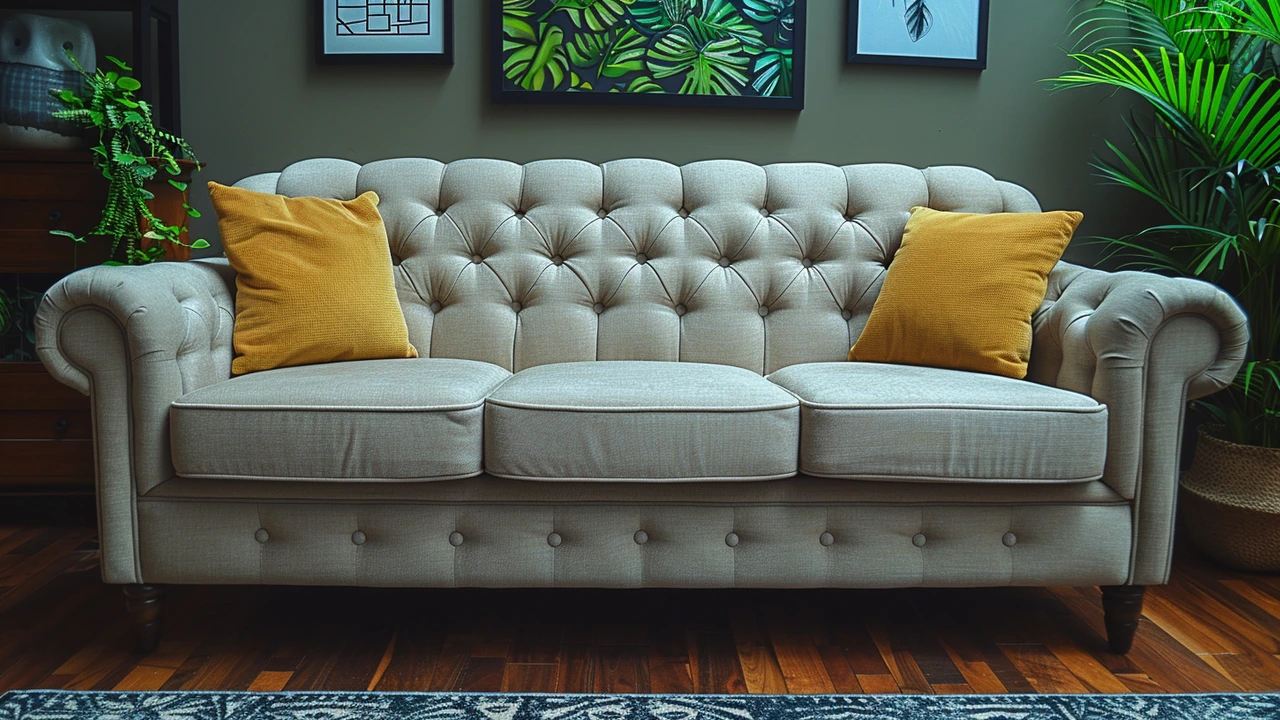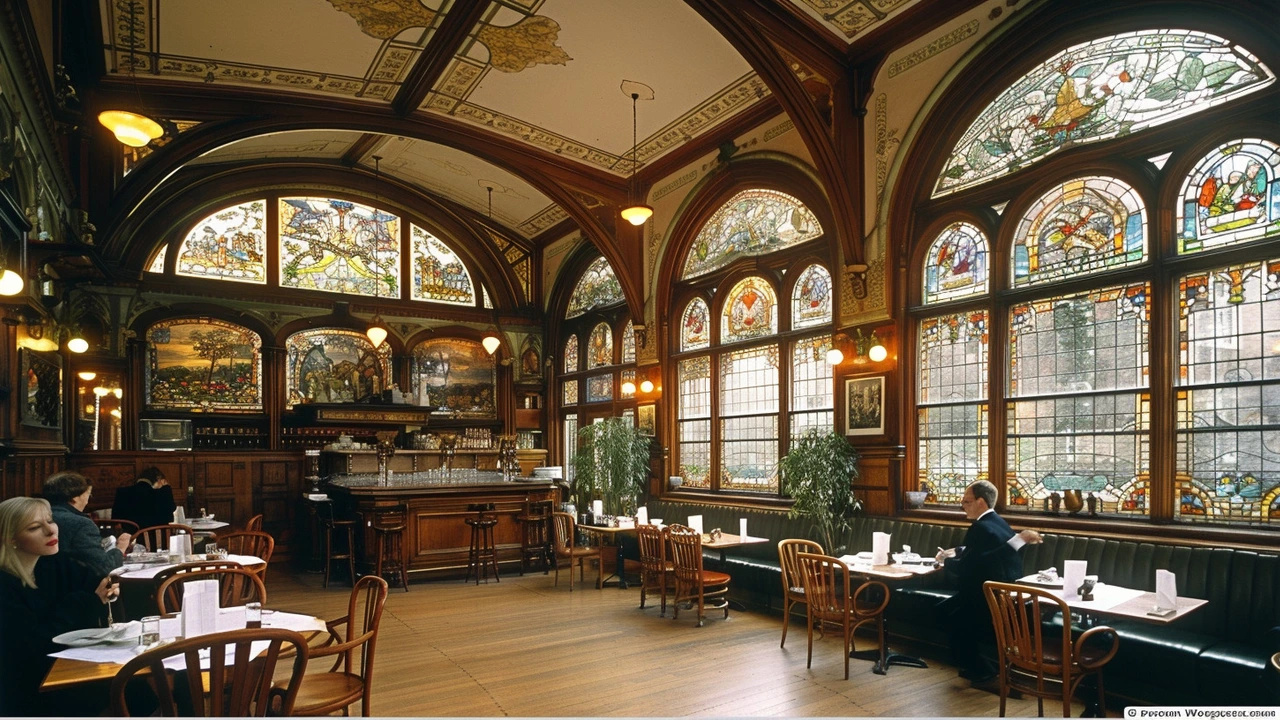Modern design: practical ideas that actually work
Modern design isn't just clean lines and white walls — it’s a problem-solving mindset that shapes how we live. Think of it as ideas that make things easier, clearer, and more useful. Movements like Bauhaus, De Stijl, and Constructivism started as art experiments but now steer furniture, apps, streets, and even city planning.
Why should you care? Because modern design affects everyday choices: how a chair fits your body, whether a website is easy to use, or if a park feels welcoming. Spotting the influences helps you pick what actually improves life instead of following a trend that looks good in photos but fails in real use.
How to use modern design at home
Start with purpose. Ask what a room needs to do before buying pieces. A living room that serves family time needs durable seating and clear sightlines; a studio needs light and surface area. Choose furniture with honest structure — visible legs, clear angles, good proportions. That’s Bauhaus thinking: form follows function.
Keep the palette simple but add one bold element. De Stijl favored grids and primary colors; you don’t need a full Mondrian, but a single bright cushion, rug, or lamp can give energy without chaos. Mix old and new carefully: a Baroque mirror can work with a minimalist table if you let each piece have breathing room.
Lighting matters. Modern design uses light to guide attention. Use layers: a strong overhead for tasks, warm lamps for mood, and a focused light for reading. Good lighting turns a good layout into a comfortable one.
Where modern design shows up (beyond homes)
Look outside — modern design shapes cities and public life. Land art and installation ideas can turn dull plazas into memorable places. Futurism and smart-city thinking push for tech that improves flow and sustainability, like responsive lighting or green corridors that double as stormwater systems.
In product and graphic design, the lessons are the same: clarity, simplicity, and purpose win. De Stijl’s grid informs modern web layouts and typography. Photorealism and installation art influence how brands tell visual stories, making designs that feel immediate and real.
Want a quick checklist? 1) Define the main function of the space or product. 2) Remove what's unnecessary. 3) Add one striking detail. 4) Choose materials that last. 5) Test in real use, not just pictures. These steps keep modern design useful, not just stylish.
Modern design is less about a single look and more about choices that respect function, clarity, and human needs. Use those ideas and you’ll get spaces and objects that feel smart, calm, and rooted in real life — not just staged for a photo.

